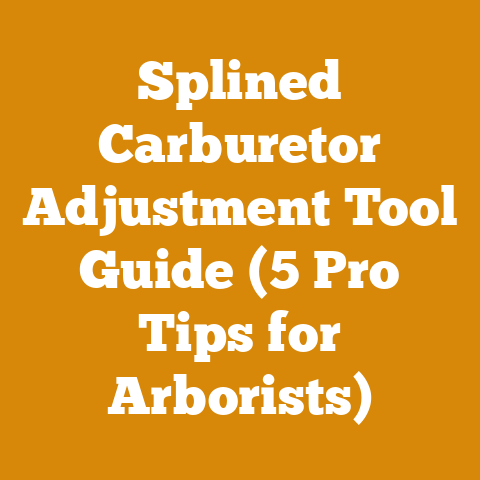How to Store Chainsaw Without Oil Leaking?
When you’re looking to store your chainsaw without worrying about oil leaks, it’s essential to start with a few key practices.
You’ll want to drain the oil tank and fuel, ensuring that temperature changes won’t lead to unexpected spills. Securing the oil cap tightly and positioning the chainsaw upright or hanging can make a significant difference.
But that’s just the beginning; there are additional strategies that can help you maintain your equipment’s integrity over time.
Curious about the best storage solutions and maintenance tips?






